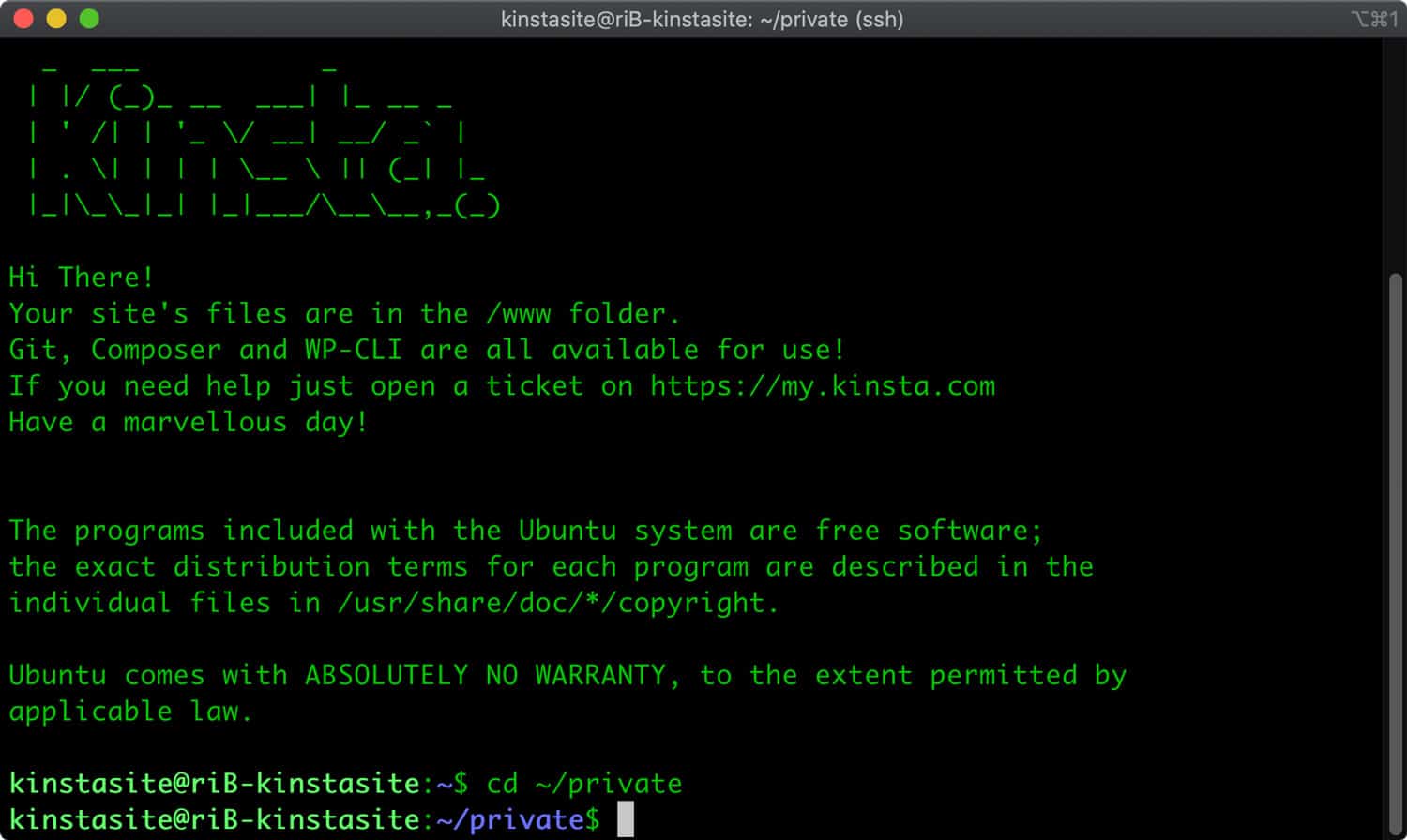

#Find files in terminal how to#
How to delete an empty directory (also known as the folder)? The command for deleting directories, or folders is a little bit different it’s rmdir. Likewise, you can add the -i flag for protection, typing rm -iR directoryname instead.

Type rm -R “directory name” to delete a directory if spaces are found in its name.Type rm -R directoryname to delete a directory when the name doesn’t contain space.4 Steps on How to Remove a Directory in Terminal All the files, subfolders, and items contained in the subfolders will be removed from Mac. Then, you should use the rm -R (or -r) command to delete the entire folder. How to Delete a Directory in TerminalĪlso, you need to open Terminal using the way you like. But, you still need to type yes, or simply y to confirm the deletion action. You should press Return to execute the command. To delete multiple files: rm -i filename filename filename.To delete a single file: rm -i filename.The “-i” flag acts as a pause button, so you’ll need to confirm your actions in Terminal after doing this.

#Find files in terminal mac#
Luckily, the Terminal utility on Mac even allows users to delete multiple files simultaneously by using one single command: rm filename filename filename (as said before, you can replace filename with “file name.extension” if the filename does contain spaces).Īlso, you may add the “-i” flag into the deletion command if you’re cautious enough. What if you have multiple files you want to delete? Do you need to delete them one by one with the “rm” command mentioned above? Can you delete them at the same time using Terminal? The file will be removed immediately, without asking you to confirm whether you want to delete it or not (the confirmation window will appear if you delete a file using the common ways mentioned in part 1). Thirdly, press Return on your keyboard to execute the file deletion command. Type "file name.extension" to delete a file when its name contains one or more spaces.Please type rm filename to delete a single file.Secondly, type the command to delete your file. For instance, please type cd ~/Desktop to go to the Desktop directory. You can delete files you don’t need with the help of the “rm” command, but you need to know that files deleted in this way won’t be sent to Trash.įirstly, you should navigate to the directory in which the target file is kept. Click Terminal from the search result to open it.Type terminal into the search field you see.Look for the Launchpad icon and click on it.You can also press Option + Command + Space to quickly open Finder and go to the “Searching This Mac” window. Look for the Utilities folder and open it.Browse the items and select Applications.Here are the exact steps you should finish. It’s easy to remove files/folders or remove directory Terminal. Some users are asking how to remove a file in Terminal or how to force delete a file Mac. Read More Part 2: How to Delete Files/Directory Using Terminal How to Delete a File in Terminal
#Find files in terminal windows#
Terminal can also be very helpful if Finder becomes unresponsive or you lose access to it due to unknown reasons (for instance, your Mac is on the blink).Ĭan you fix it when Windows Explorer is not responding or stops working properly?.It’s able to delete files that are even hidden in the Finder on your Mac (system or root files are usually hidden by default).It allows you to delete items you can’t delete with common ways, bypassing any error messages.It helps you to delete multiple files, folders, and even apps quickly and efficiently by using wildcards.But why bother using this command line tool to delete things? There are some common reasons for explaining why people choose to delete a file in Terminal, remove folder Terminal, or delete a directory in Terminal. That means you’re not able to get them back from Mac as you usually do. However, if you delete files in Terminal or delete folder Terminal, the items won’t be put to Trash. Reasons for Choosing Delete Directory TerminalĪfter moving files and folders to Trash, you can easily recover them if you find they are still useful. With this tool, you can perform almost all the system tasks that you can do with the help of the graphic interface. In addition, you can delete directory using Terminal, which is a command line tool built in every macOS.


 0 kommentar(er)
0 kommentar(er)
